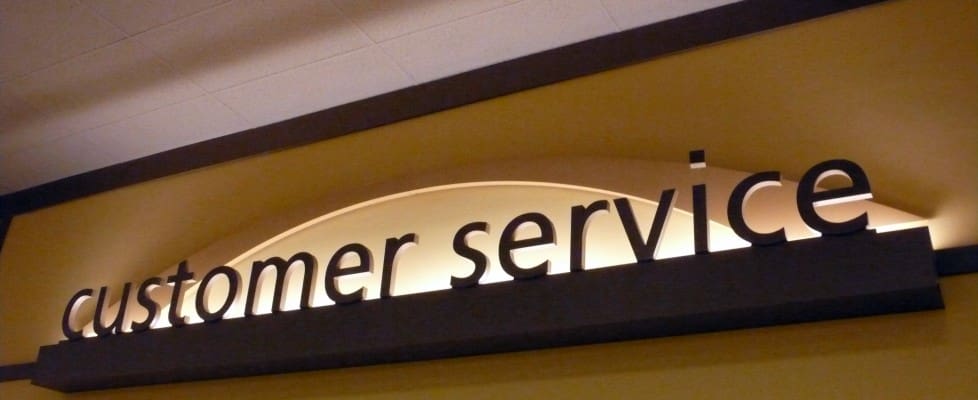How to Make “No” Work in Customer Service
Employees who find their way into the world of customer service can go through years and years of training to hone their interaction skills, but there is only one lesson that will be drilled into them time and time again. When it comes to customer service, the customer is always right. This adage has been around for decades and is often the first thing teenagers are taught at their first job, regardless of where they work.
On the surface this seems like a hard and fast truth. Happy customers are repeat customers, and the best way to keep your customers and clients happy is to give them what they want. So the customer is always right, correct? Wrong. The fact of the matter is there will be times when your customer or client is wrong and no is the only answer they should hear.
Nobody likes hearing the word “no” muttered in their direction though. For customers, being told no leaves them feeling dissatisfied because whether they are right or wrong, they undoubtedly believe they are right. So for better or worse, no is something that customers’ need to hear, but how can customer service professionals deliver this two-letter game changer?
Show a Human Side
Customer service is one of the most difficult departments to work for in any business. Customers come to you with problems that were neither created by you, nor up to you to create solutions to. As a customer service rep you can spend endless hours each day serving as a verbal whipping boy for a customer who is upset because a product or service is less than they were led to believe, for example.
Don’t allow the negativity to impede your approach with each and every customer that calls. Accept the fact before the day starts that you will encounter people with a poor attitude. Rather than feeding that negativity, empathize with their situation and calmly remind them that you are there to help and that you will do everything you can to solve their problem.
A little humanity goes a long way, and if you still have to say no in the end you’ve likely defused the situation to the point that a “no” isn’t the straw that breaks the camel’s back.
Empower Employees with Alternatives
When situations arise in which the obvious answer is going to be “no,” empower your employees to make alternative offers. Even more important, make sure that all customer service professionals are trained to go to an alternative solution sooner rather than later. By all means you should be looking to solve their initial inquiry with a genuine solution first and foremost.
However, fumbling through the process trying to find a solution for an extended period of time isn’t going to do anything to defuse the situation or avoid telling a customer “no.” If a solution isn’t obvious early on, offer the customers an alternative solution. Additionally, make sure the alternative offer is the best one the company can make to customers rather than the simplest or cheapest.
Genuinely Attempt to Solve Their Problem
Customers are going to call in with all manner of issues, and while some of those may be expected issues your company is aware, there are always going to be issues that arise for which there is no protocol for solving. Now isn’t the time to get flustered or allow yourself to appear caught off guard.
When you are dealing with a unique situation where “no” seems like the only possible answer, dig deeper and look for the solution to their problem. Ask them questions about the specific problem they are experiencing and get as much detail as you can. Not only will this help you identify the exact source of frustration for your customer, but it will show the customer that you are genuinely interested in their problem and actively trying to find a solution that will make them happy.
It’s easy when faced with adversity in the customer service world to become negative and shoot down customer after customer with a cold, flat out “no.” However, doing so is just going to create more problems in the future. Customers are going to ask you for things you simply cannot or should not do at times.
Inside every scenario is an intersection between what the customer wants, what you should do, and what you can do. Follow these tips above and seek out that intersection and you’ll find yourself with an answer for your customers that is much more palatable than “NO.”
